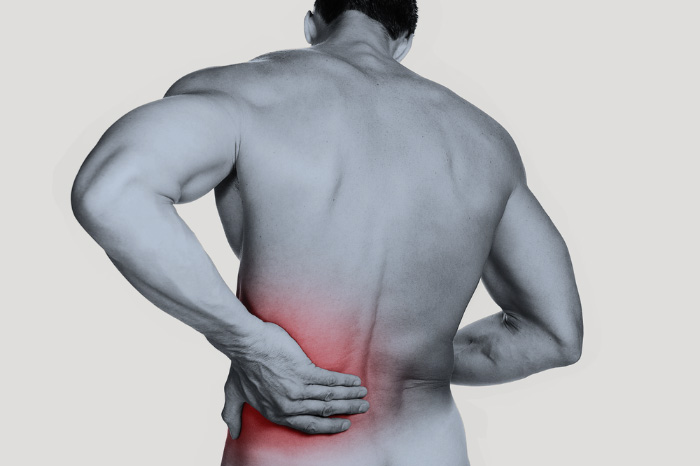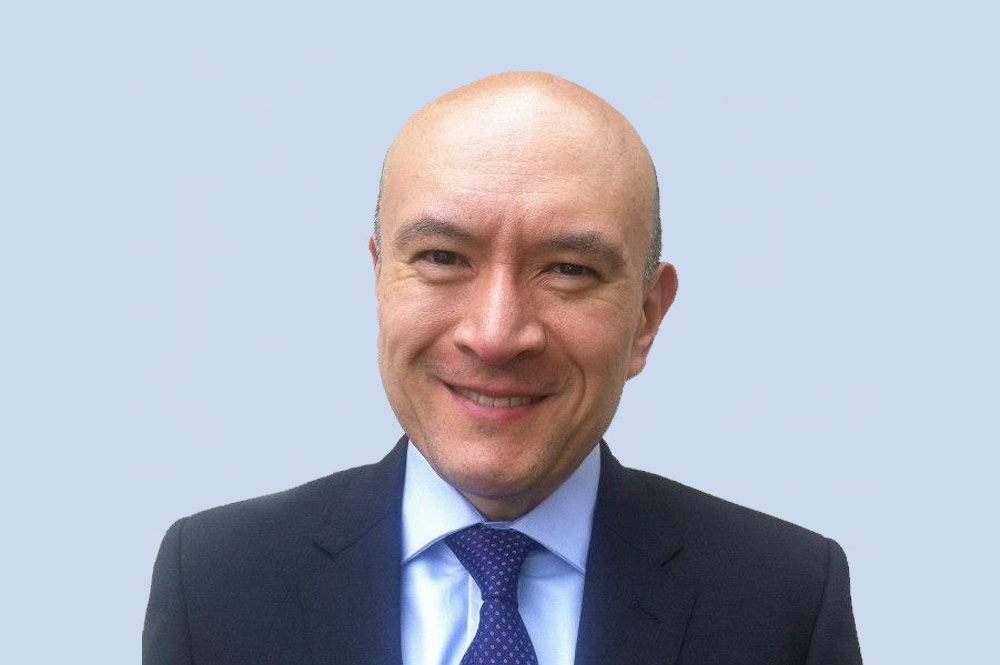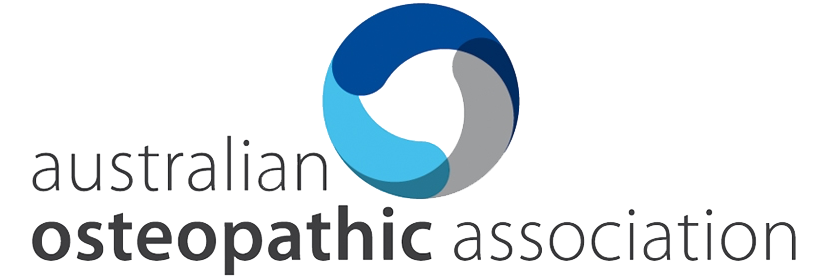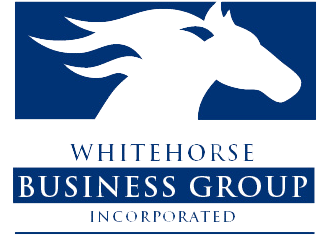Why you should ask an Osteopath to help reduce your pain
Sometimes you have a pain that has gone on for a little longer than you’d like. You’ve given it your own treatment: RICE (Rest, Ice, Compression and Elevation) stretching etc, but it doesn’t seem to have gone. That’s where an Osteopath can help. There is an element of science and what seems to be magic. Science utilizes the processes of logic. We combine experience and intuition to provide help.
There’s no doubt that you could massage yourself, but it can be a bit like the trick where you pat your head and rub circles on your tummy. The kind of skills you need to play a drum kit. You need to be able to relax the muscle concerned while another set of muscles do the work. Alternatively, you can have an Osteopath do it while you relax.
After an injury or spasm there is a degree of inflammation. This makes the area sore or painful. With time the inflammation often resolves and the pain seems to substantially subside. However, a muscle stiffness for whatever reason can remain. An Osteopath can help to work you through this and take you that extra distance to fully recover from the injury. Sometimes the muscles just don’t seem to release with stretching and that’s where an osteopath can identify and work on those intransigent muscle tensions.
There is a degree to which we are working with prevention. Helping to avoid things progressing and spreading from an initial localized injury site to joints close by i.e. a regional or later global issue. We call these compensatory changes. Sometimes pain is a problem that can become crippling. An Osteopath can help you on your turn around and come back campaign!
Want to know more? Ask how we can help.
Call on 9888 6877 or go to www.fong.com.au




